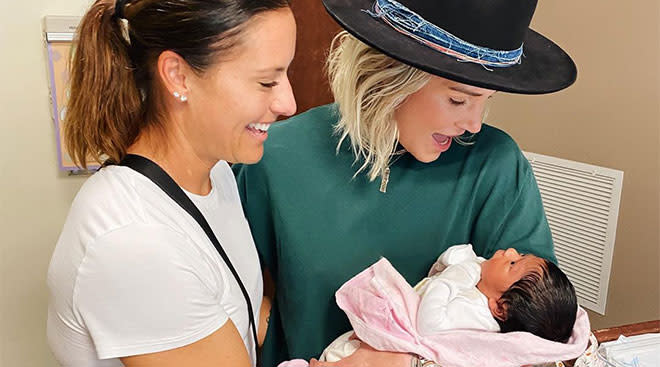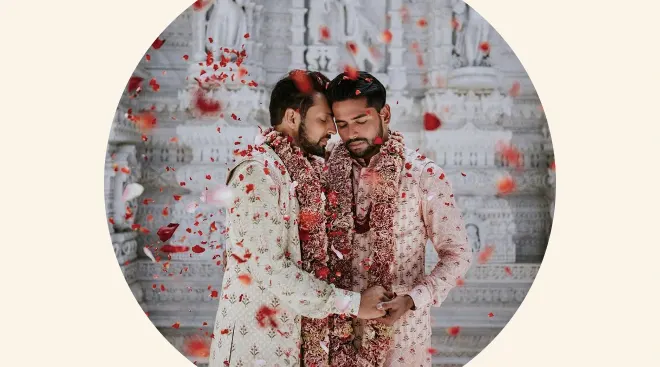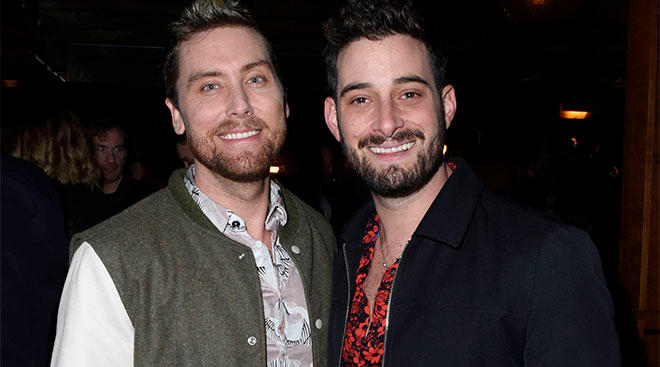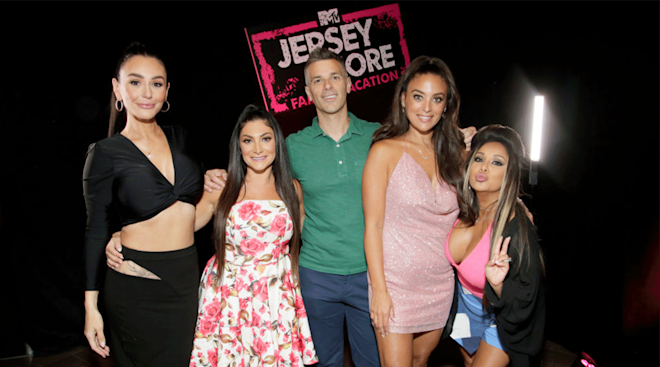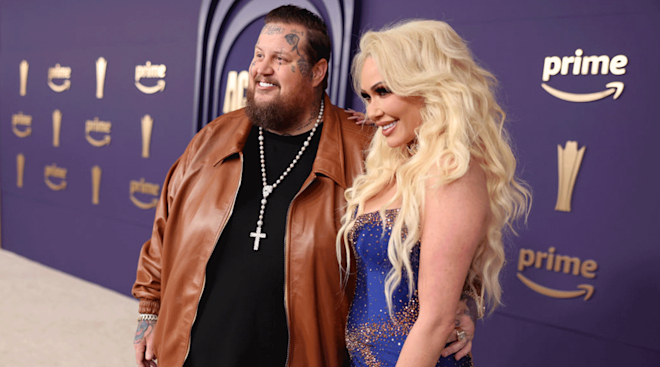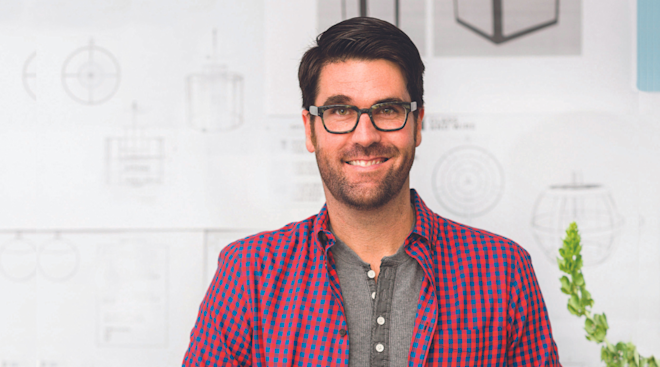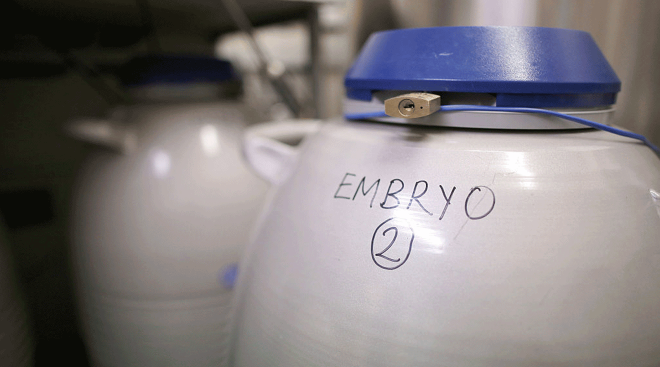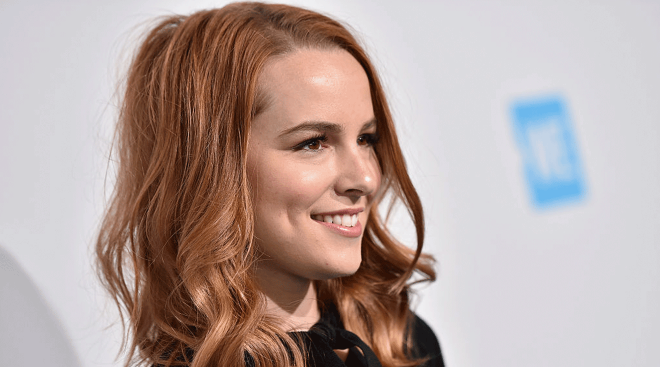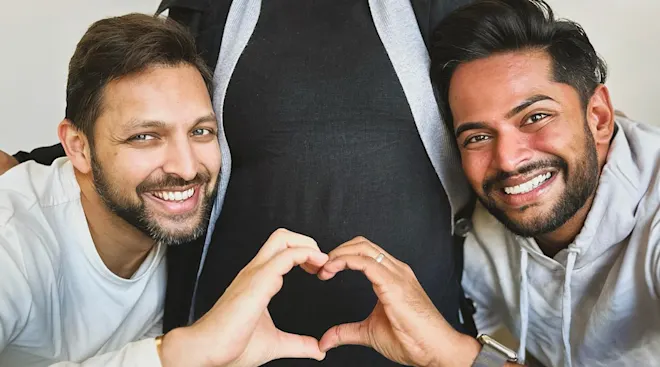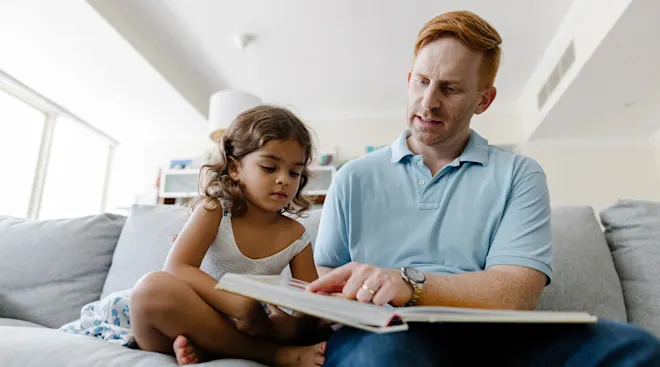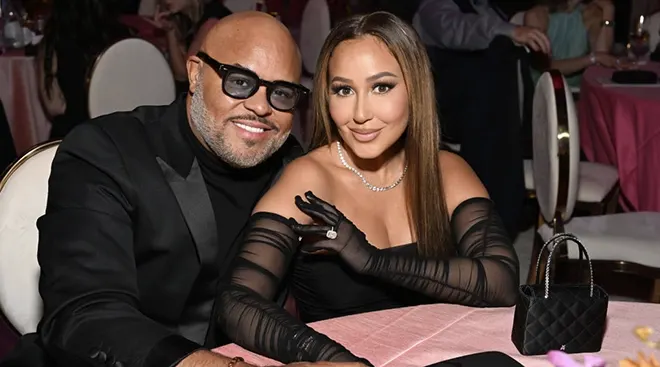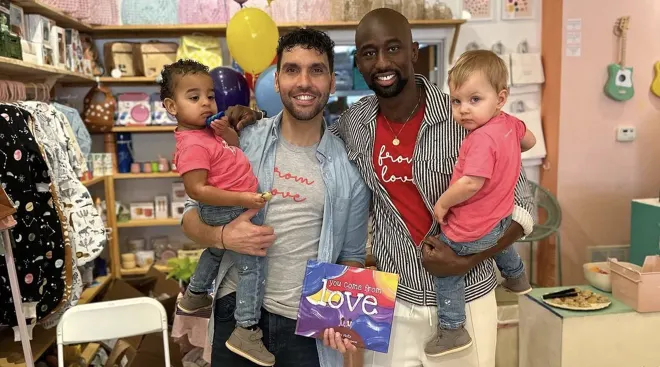LGBTQ Adoption: How to Navigate Your Rights and Options
It’s been a rocky path for same-sex adoption and LGBTQ families looking to build their families through adoption in the US. Since the 2015 Obergefell v. Hodges ruling by the US Supreme Court that requires all 50 states to recognize same-sex marriage, the landscape of parenting has become significantly clearer for LGBTQ families, says Milan Pham, partner at NicholsonPham, a law firm in Durham, North Carolina. “[Same-sex] adoption in many states has become available because marriage between same-sex individuals is recognized now,” she says.
According to a recent survey by Family Equality, a non-profit advocacy group for LGBTQ families, 63 percent of LGBTQ millennials plan on expanding their families, with 40 percent of those looking to adopt and foster children. “It puts us right on track with non-LGBT people,” says Jess Venable-Novak, the organization’s family engagement manager. “It tells us that in the coming years, there will be a tidal wave of LGBT families being formed.”
Yet couples interested in same-sex adoption still face barriers that those involved in different-sex adoptions don’t have to deal with. “In a very basic way, that has nothing to do with adoption; there are so many professionals in the world who don’t have the language to understand our families yet,” says Venable-Novak. “That alone gives us a disadvantage in how we interact with different institutions.”
Even in locations where there is no legal discrimination per se, “some [agencies] still have the discretion—even when families are qualified—to say that these families aren’t appropriate,” says Pham.
Keep reading for a complete guide to LGBTQ adoption, incluing an overview of same-sex adoption laws and LGBTQ adoption rights, a rundown of the adoption process and expert tips for how to navigate gay adoptions.
It has been legal in all 50 states for LGBTQ couples to adopt jointly since 2016, but the same-sex adoption process is friendlier in some states compared to others. According to Family Equality, 27 states have legislation that prohibits discrimination in adoption based on sexual orientation and gender identity, 19 have no explicit protections and 11 states actually allow state-licensed child welfare agencies to refuse placing children with or providing service to some families—including LGBTQ couples—if doing so conflicts with their religious beliefs. This notion of whether adoption agencies that receive government funds should be allowed to discriminate is currently being challenged in the US Supreme Court, in Fulton v. the City of Philadelphia.
Same-sex adoption can also intersect with the thorny issue of legal parentage. Because it’s established on a state-by-state basis, it could impact your family down the road if you choose to move. “You might be considered a parent in one state because the state’s general statutes have defined you as one, but that isn’t portable—it doesn’t travel well across state lines,” says Pham. Most states feature some version of marital presumption, which says that any child born during a marriage is legally presumed to be the child of that marriage. Typically this extends to same-sex couples, but states don’t have to recognize a birth certificate—it’s an administrative document, not a court order, says Alana Chazan, a family formation lawyer and Pride Legal member attorney in Pasadena, California. To ensure that a couple’s parental rights are protected in every state, she recommends that they execute a second-parent adoption—so that the “second” parent is granted the same rights as the “first” parent, the one who is the biological or adoptive parent.
As with different-sex couple adoptions, LGBTQ adoptions can take one of three primary paths:
Independent adoption
Prospective adoptive parents can choose to adopt a child without the help of an agency. If you go this route, you find your own match with a birth parent, who gives consent to the adoption of their child directly to you and your partner as the adoptive parents. Families typically work through an adoption attorney or facilitator.
Choosing this route is typically as expensive as agency adoption—around $20,000 to $50,000. According to Chazan, the costs include legal fees and expenses for the expectant mother (from healthcare to maternity clothing), depending on state laws.
Independent adoption is not permitted in some states (such as Connecticut and Massachusetts), but it may be possible, if you’ve identified a birth parent, to then proceed with the process via an agency. (The Adoptive Families site lays out an easy-to-navigate list of adoption laws and policies, state by state. )
Agency adoption
An adoption agency acts as an intermediary that facilitates adoptions between birth and adoptive parents. Agencies match you with a child and typically arrange counseling for birth parents, perform home studies, prepare legal paperwork and perform post-placement visits. As with independent adoption, working with an agency to adopt a newborn can be expensive, ranging anywhere from $20,000 to $50,000, says Chazan.
There are three types of agency adoptions:
• Open: Most adoptions these days are open, where birth and adoptive parents meet on a first-name basis through a social worker and maintain some level of contact throughout their child’s life. Keeping in contact with your child’s birth parents allows your child access down the road to their genetic and biological familial ties and can be a mentally healthy way for your child to understand the circumstances surrounding their birth. “There’s been a trend toward openness,” says E. Parker Herring, a family law specialist and director of an adoption agency in Raleigh, North Carolina. “It’s considered the best situation for most families, so the child doesn’t have that fervent search or mystery about where they came from.”
• Semi-open: A semi-open adoption is when birth and adoptive parents may exchange certain information, but contact over the years is mediated by the agency. Typically contact isn’t face-to-face, but instead through, for instance, email, pictures of your child and phone calls. The communication also isn’t direct—it gets passed from you to the agency to the birth parent (and vice versa).
• Closed: In situations where a birth mother may have concerns about her decision to place a child for adoption—or when adoptive parents would prefer not to have any link with their child’s birth mother—they may opt for a closed adoption, where there is no contact between birth and adoptive parents. These days they’re rare—“almost non-existent,” says Parker Herring.
Public adoption
Adopting children from the state-funded foster care system is a rewarding and popular choice for many LGBTQ families, who are seven times more likely than their different-sex counterparts to raise adopted and foster children, according to a brief put together by the Williams Institute at UCLA School of Law. Becoming a foster parent is an option for families willing to take in sibling groups, children with disabilities or kids who have been rejected by their biological parents.
But if your goal is to adopt a baby as soon as possible, advocates generally don’t recommend signing up with foster care, which aims to reunite rehabilitated birth parents with their biological children, says Parker Herring. Adopting an infant or young child can take years, says Chazan. Plus, she says, many foster care children who no longer have legal ties to their biological parents are older.
While fostering a child costs little (you might pay for a background check, for instance, and gear to make your apartment child-safe) and you’ll likely earn a stipend once you’re certified, it can be a challenging path. “You never know which way it will go—I’ve had three foster kids and it’s been different with each,” says Chazan. “Foster care isn’t for the faint of heart—you’re giving a child what they need and the best love during the time you have them with you, and sometimes that leads to them reunifying with their birth parents.”
As with different-sex adoption, the steps to same-sex adoption depend on how a family decides to adopt.
If you’re planning to adopt independently
Some couples already know of a birth mother who is interested in having her child adopted, but if you don’t, consider starting the adoption process by connecting with a local LGBTQ parent support group or a virtual one, such as a Facebook Group. (You can find a group in your area by searching CenterLink.) Another support space is Family Equality’s peer support space for families formed through foster and adoption, open to current and prospective parents and caregivers.
Whether you find the birth mother via word of mouth or online, it’s wise to hire an attorney to shore up all necessary paperwork and reduce the risk of losing the baby and money if the birth mother changes her mind. “Before a woman delivers [and] she decides she wants to keep the baby—that could be a true change of heart, but it could also be a scam,” says Parker Herring.
Prospective adoptive parents should also know that in many states, birth mothers have the right to keep their child after giving birth even if they’ve signed all the necessary consenting paperwork. How long they legally get to revoke their consent to adoption ranges from hours to months, depending on state statutes.
If you’re adopting through a private agency
With LGBTQ adoption, many folks opt for the agency route because of the turnkey aspect, says Parker Herring. You can find agency recommendations by reaching out to others couples who have adopted via the support groups mentioned above.
To go this route, be ready to put together an adoption profile. This is a portfolio about your life and your home, why you’d like to adopt a child and how you plan to raise them.
An agency typically requires that a couple also go through training, although it’s typically less than what foster agencies require, says Chazan. In addition, an agency schedules a home study (some states and agencies require more than one), in which a person (usually a licensed social worker) visits your home to make sure you’re able to provide a stable environment. This person will also do a criminal background check and ask about how you were raised, your financial status, your health and your relationship with family and friends. Tip: Before scheduling a visit, child-proof your home and make sure you have all the necessary paperwork ready, such as medical records, tax records and proof of income.
After that, it’s a waiting game for an agency to pair you with a birth parent, who has been studying pamphlets of prospective adoptive parents to choose from. Before granting some types of adoptions, laws and adoption agency policies usually require that couples have been married for a set amount of time, notes Parker Herring, which can range from six months (North Carolina law) to one to three years (some adoption agency requirements).
If you’re going through public adoption
The best way to start, says Chazan, is to contact your city’s department of child and family services or a local foster family agency (FFA), which sometimes handles a municipality’s foster care system as a contractor.
Often, a public agency will ask you to attend an orientation meeting, where you’ll learn more about the kids in foster care and what having an adopted child or foster child will entail. This is your chance to ask questions, learn more about the challenges and rewards of fostering or adopting a child and decide if it’s right for you.
To be eligible to foster or adopt a child with a public agency, a couple must first get certified, which entails two months or more of training—like learning how to best deal with a child who has experienced abuse or trauma or what issues arise if you’re looking to adopt a transracial child. Agencies then conduct full background checks and do a home study, where a social worker comes to your house to verify that it’s safe. As an example, Chazan says, they may ask: “If you have a pool, do you have a fence? Do you have a dog that has a history of biting people?” Once you’re certified, the wait for a foster child can be any number of days, weeks or months.
• Hire a lawyer who knows their way around LGBTQ adoption laws in your state and others. Given how quickly state statutes can change in response to amendments in federal law, you should always be working with someone who can navigate the patchwork adoption and parenting laws in the US. This is important no matter what adoption path you take. “The LGBT community makes families in really complicated, pioneering ways,” says Pham. “The more creative we get—ovum sharing, known donors, multi-parent families—the more we need people to have some experience understanding state laws, so we can get parentage protection for all the kids in our community.”
• Strive to work with professionals who are LGBTQ-friendly. This may start with hiring a savvy lawyer, but you should always check with LGBTQ advocacy organizations like Pride Legal, a network of LGBTQ-friendly law firms in California, and Family Equality for resources on where to find professionals who understand where you’re coming from. “Part of our mission is to make sure LGBT people have support,” says Venable-Novak. “We also work to educate professionals, from the adoption agency staff to reproductive endocrinologists, about specific LGBT family building and how to make your practice inclusive.”
• Before you sign on with an adoption agency, ask how many LGBTQ families it has placed children with. Many agencies, notes Parker Herring, are faith-based, which means they might not approve of LGBTQ adoption and won’t place children with families who are secular. “Just because someone advertises that they’re LGBT friendly doesn’t necessarily mean they have experience with LGBT couples,” says Chazan. The same goes for some of the faith-based foster family agencies (FFAs) that contract with municipalities to place kids into their foster care system. If an agency doesn’t have a history of successful same-sex couple adoptions, move on, says Parker Herring.
• Don’t lose hope. Adoption can feel like a long, nerve-wracking process for any couple. But with the right agency, and an open and honest attitude, patience is bound to pay off. As the Human Rights Campaign organization reminds couples: “It’s important to understand that the agency worker is not looking for perfect parents. They’re looking for your honesty and a reasonably good match with a child in need of a loving home.”
• Find a peer-support network. Advocacy organizations can help connect you with families who have been through LGBTQ adoption experiences. Also, don’t underestimate the emotional support you can find via social media. “Crowdsourcing is huge for the LGBT community, and engaging Facebook Groups or word of mouth—having the adoption process vetted by another family—tends to be best,” says Venable-Novak. “We have a rich history of working outside the system and taking care of each other.”
About the experts:
Milan Pham is an adoption and family lawyer and a partner at NicholsonPham, a law firm in Durham, North Carolina. She received her JD from UNC Chapel Hill School of Law in May 1999, and was admitted to the Maryland State Bar in September 1999 and to the North Carolina State Bar in March 2001.
Jess Venable-Novak is the family engagement manager at Family Equality, a non-profit advocacy group for LGBTQ families. They are a queer, non-binary educator and organizer based in Vermont and consults with schools, employers and organizations to facilitate conversations about how we can build a culture that supports and celebrates LGBTQ+ people.
Alana Chazan is a family formation lawyer and Pride Legal member attorney in Pasadena, California. She is also an adjunct professor of law at the People’s College of Law in Los Angeles, California. Chazan attended law school at the City University of New York School of Law.
E. Parker Herring is an adoption attorney and certified family law specialist, and serves as the director of an adoption agency, A Child’s Hope, in Raleigh, North Carolina. She graduated from Wake Forest University School of Law in 1985.
Plus, more from The Bump:
Navigate forward to interact with the calendar and select a date. Press the question mark key to get the keyboard shortcuts for changing dates.


































